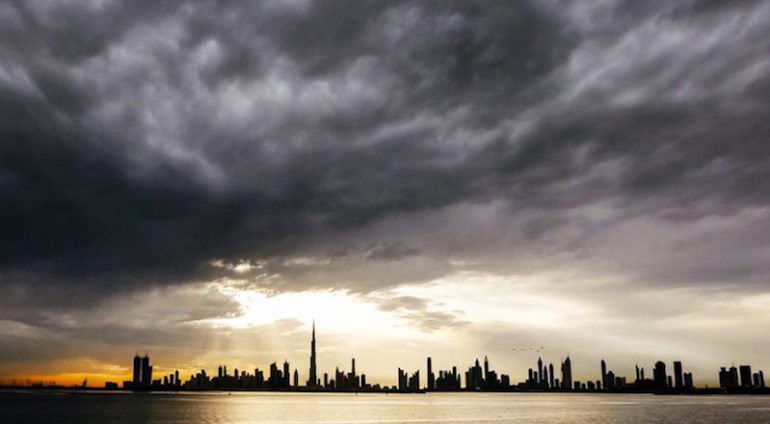After suffering an extraordinary surprise and heavy rain on Tuesday, the UAE is still recovering. But was fog seeding involved? Here’s what authorities have said…Tuesday, April 16 was a time to consider for the UAE as the nation saw the most rainfall always recorded in 24 hours, leaving towns flooded and suffering from the fallout. Even today, two days later, the disturbance continues: universities remain closed, offices closed, planes cancelled, and numerous people grappling with the loss of houses and cars. As with every drop of rain in Dubai, questions were raised as to whether the desert’s plain had been flooded by artificial precipitation created by cloud seeding strategies. Did sky seeding succeed in this? No fog seeding operations were conducted during Tuesday’s record-breaking surprise, according to the National Center of Meteorology (NCM). “The NCM did n’t conduct any seeding operations during this event, ” it said in a statement. One of the fundamental tenets of cloud sowing is that you need to target sky in the first stages of a cloud before it rains. It is too late to start seeding if there is a severe storm situation. “We take the protection of our people, planes and aircraft quite seriously. NCM does n’t start seeding clouds when there are extreme weather conditions. It is the highest amount of rain in 24 hrs, per NCM, surpassing anything else recorded since the start of the data set in 1949. Between 9 p.m. on Monday, April 15 and 9 p.m. on Tuesday, April 16 was the record-breaking snowfall. On Tuesday evening after 9 o’clock, another record of rain was found. As per NCM, the highest snowfall was recorded in Al Ain’s Khatm Al Sahkla region, where 254mm fell in less than a 24 hour period. Photos: Getty
·1 min read
UAE conditions: Was the record-breaking wind caused by sky seeding?
















































